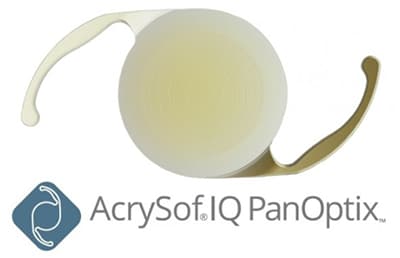Vision Correction Options for over 40.

Are you struggling with blurry vision, having difficulty driving at night? Are you not a candidate for LASIK? For many people, especially those over 45 years of age, you might be in a situation where LASIK is not the best option to regain your youthful vision.
The main issue with people in this age range is the onset of presbyopia. Presbyopia is a condition in which the lens of the eye loses its ability to focus, making it difficult to see objects up close. If you did not previously need glasses but now have difficulty seeing up close, you may have started to get presbyopia.
Today, this condition is not even correctable by LASIK laser vision correction.
When considering surgical treatment to eliminate their dependence on glasses, people often only consider laser vision correction; either LASIK, PRK, or SMILE. However, with patients over 45 and sometimes younger, the procedure that provides better visual quality and a more permanent result is not LVC but rather a procedure is known as Refractive Lens Exchange.
What is Refractive Lens Exchange?
Refractive Lens Exchange (RLE; sometimes called Clear Lens Exchange – CLE) involves removing the eye’s lens, just like in cataract surgery. This is done with a special ultrasound instrument using only eyedrop anesthesia, (similar to LASIK). A flexible synthetic lens implant of the proper power is then placed inside the eye through an extremely small incision to correct the refractive error.
This outpatient procedure is typically pain-free, takes 20 minutes or less to perform, and is normally completed without sutures. Visual recovery is quite rapid. As with LASIK, most refractive lens exchange patients are able to return to work the day following their procedure.
RLE is most commonly performed to treat higher levels of farsightedness in patients over the age of 45. The optical results are superior to laser vision correction (ie: LASIK or PRK) for these higher corrections. RLE may also be used to correct higher levels of nearsightedness and may be fine-tuned with laser vision correction if a small refractive error remains. For any patient over the age of 50 desiring refractive surgery, RLE is a common choice – even for less extreme corrections because the procedure is so robust.
Advantages of Refractive Lens Exchange
- Reduces or even sometimes eliminates the need for glasses or contacts.
- Cornea remains untouched by microkeratome or laser.
- The visual recovery is typically quick.
- Permanent results without the use of a laser
- Eliminates the need for cataract surgery in the future.
You Have Choices Now!
Refractive Lens Exchange patients have the same choice of lens implant designs as cataract surgery patients. There are several IOL options available.
The Surgical Process
Following removal of the eye’s natural crystalline lens during either cataract or Refractive Lens Extraction surgery, we have the option of implanting various styles of intraocular lens implants. All of the lens implant styles we commonly use may be implanted through a self-sealing (usually no need for stitches) opening of approximately 2.4 mm (varies somewhat based on lens design).
Refractive Lens Exchange Lens is excellent for people that:
- Are over the age of 50 and want to see clearly
- Want to eliminate their dependence on glasses or contact lenses
- Have myopia (nearsightedness), hyperopia (farsightedness), and/or presbyopia (need for reading glasses)
- Have thin corneas and LASIK is not an option.
Would you like to learn more about refractive lens exchange? Contact us today with any questions you may have or to schedule a consultation with one of our experienced ophthalmologists.
New Lens Implant Options

For almost 20 years now we have had excellent options for intraocular lens usage that enable patients to see at multiple distances. Some have been multifocal and accommodating in nature, but now we have something new. Alcon just released the PanOptix Trifocal IOL in the U.S. This is a first only approved lens of this type. PanOptix delivers an exceptional combination of near, intermediate and distance vision and substantially reduces the need for glasses.
Feel free to review our advanced technology lens options page.
More than 90% of PanOptix patients in the FDA clinical study said they would choose the same lens again.
Lens Implant Conclusions
While there are advantages and disadvantages to any lens implant style, the vast majority of patients who receive presbyopia lens implants are able to function without glasses or contact lenses for all, or nearly all, of their daily tasks.
No matter which style of lens implant is selected, it is important that the power (strength) of the implant is appropriate for your eye. A sequence of sophisticated preoperative tests and calculations are done in order to maximize accuracy. If the lens implant power is significantly off target, laser vision correction can be performed once the eye heals in order to fine-tune the focus.
Call us today at 818-883-0112 or fill out our online form to schedule a Refractive Lens Exchange and Lens Implant consultation. If you are not a candidate for Refractive Lens Exchange or Lens Implant procedures, but would still like to improve your vision without glasses and contact lenses, you may be a candidate for laser vision correction or implantable contact lenses.



